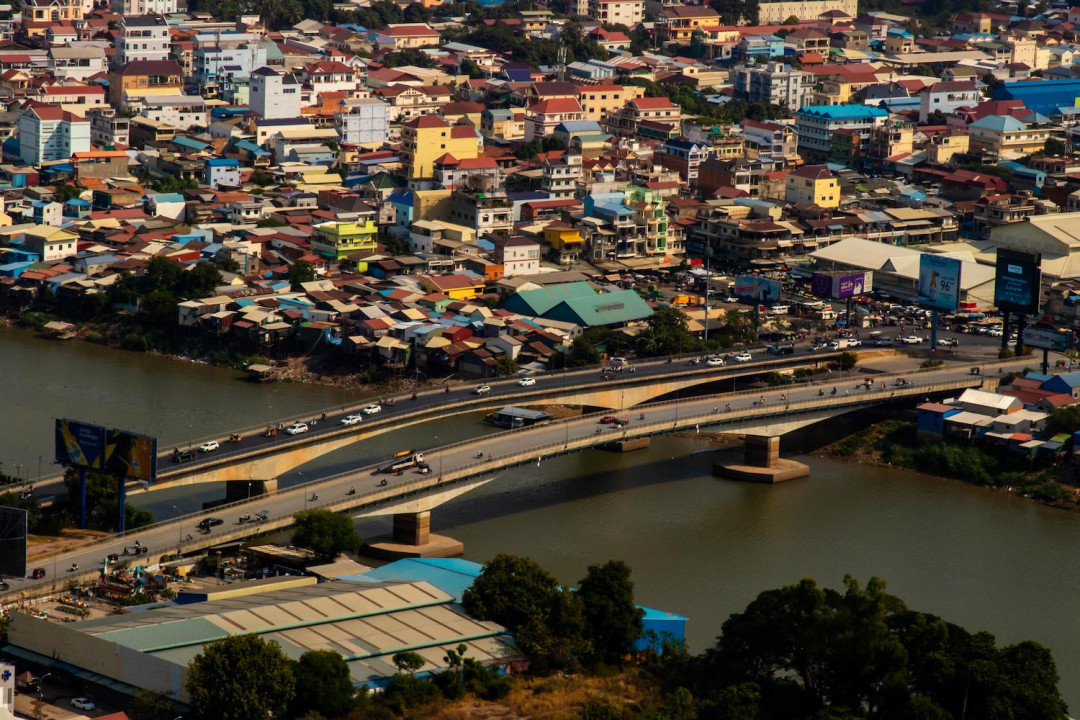ADB: U.S. Tariff on Cambodian Goods Has Limited Impact for Now, But Risks Loom if Rates Rise

Cambodia’s economy has so far weathered the effects of the 19 per cent United States import tariff introduced in August 2025, according to a new analysis by the Asian Development Bank (ADB). However, the report warns that a higher tariff could significantly disrupt the country’s labor market, reduce GDP growth, and push thousands of workers into poverty.
The ADB Brief, “Economic Impacts of the United States Tariff on Cambodia,” uses a computable general equilibrium (CGE) model and household survey data to assess how different tariff levels—10 per cent, 19 per cent, and 36 per cent—would affect Cambodia’s output, employment, and fiscal performance.
The study finds that the current 19 per cent tariff has “muted” or negligible effects on major economic indicators, as Cambodia’s rate remains competitive compared to neighboring exporters such as Viet Nam, China, Bangladesh, and India, which face an average tariff of 24 per cent.
“The negative impact of tariffs on U.S. demand is offset by the favorability of Cambodia’s tariff relative to its regional competitors,” the report notes.
Limited Damage at Current Rate
Exports to the U.S. account for roughly one-third of Cambodia’s total exports and about one-quarter of its GDP, making American trade policy a key determinant of national growth. The garment, footwear, and travel goods (GFT) sector alone represents more than half of Cambodia’s exports to the U.S.
Under the current 19 per cent tariff, Cambodia’s GDP is expected to remain largely unchanged. By contrast, a lower 10 per cent tariff would actually boost growth by almost 1 per cent, while a higher 36 per cent tariff could shrink GDP by 1 per cent.
The model also shows that employment and consumption levels remain stable under the existing tariff rate. However, the outlook turns sharply negative under the high-tariff scenario.
Severe Impacts Under a 36 Per Cent Tariff
If Washington were to impose a 36 per cent tariff—a rate previously announced but not implemented—Cambodia could lose up to 130,000 jobs, mostly in manufacturing, construction, and trade. The GFT industry alone would shed around 46,000 workers, while another 54,000 would be forced into lower-income jobs in agriculture and services.
The ADB estimates that the country’s poverty rate would increase by about 8 per cent, as displaced workers and low-income households fall below the national poverty line. While the GDP shock would be smaller than that of the COVID-19 pandemic, the report cautions that the social consequences could be “serious and long-lasting.”
Fiscal Pressure and Policy Response
A high tariff would also affect Cambodia’s public finances. The study projects that a 36 percent tariff could reduce government revenue by USD 600 million (based on an analysis of Cambodia’s Medium-Term Fiscal Framework, 2026–2028), raising the 2026 budget deficit from 2.19 percent to 2.33 percent of GDP. Lower consumption and corporate income from GFT and electronics firms would drive the shortfall.
To cushion the blow of a potential tariff escalation, ADB recommends short-term economic relief measures, including targeted social transfers, employment services, and skills training programs to help affected workers transition between sectors.
Trade Resilience Amid Global Uncertainty
The brief concludes that Cambodia has negotiated a relatively favorable position in the ongoing U.S. trade realignments. Yet, it remains vulnerable to shifts in relative tariffs across competing export economies.
While the current rate poses minimal risks, a higher U.S. tariff—or reductions in tariffs on competitors—could undermine Cambodia’s export competitiveness and reverse recent progress in poverty reduction and economic diversification.